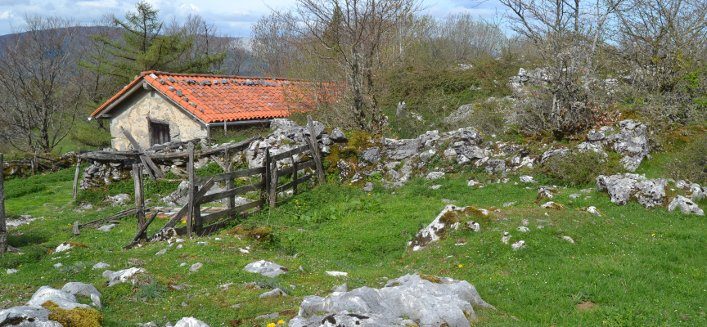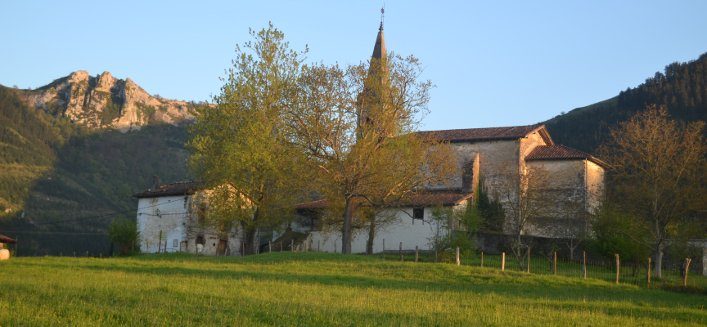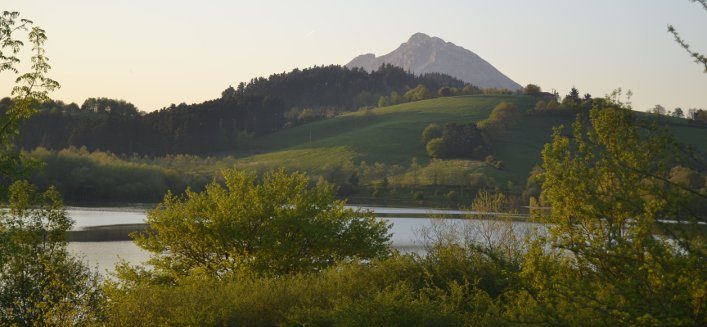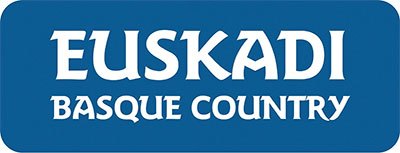Do you know the Natural Park with the highest mountains and tallest beech forests in the Basque Country? Participate in the mountain routes organised by Arantzazu Natural Park or explore the different entrance points: Arantzazu, Urkulu reservoir in Aretxabaleta, Eskoriatza or Leintz Gatzaga.
As per decree 76/2006, of 4 April, Aizkorri-Aratz was declared a Natural Park. The area of Aizkorri-Aratz is situated between the Historical Territory of Guipuzcoa and Araba occupying a mountain range that separates both territories, approximately between the mountain passes of Arlaban and Otzaurte. Geographically, it includes the alignments corresponding to the mountain ranges of Zaraia, Elgea, Urkilla, Aizkorri and Altzania, home to summits as outstanding as Aitxurri at 1,551 metres and Aratz at 1,442 metres. The Cantabrian-Mediterranean water divide is also along this line.
Geomorphologically, Aizkorri-Aratz is characterised by an abrupt relief with elevation differences that reach nearly 1,000 metres between the enclosed valleys and the summits, culminating in limestone fronts such as those of Aizkorri, Aratz, and Egino, in the east or siliceous materials as in Elgea and Urkilla. Other interesting geomorphological elements are depressions, hills, canyons, dolines and karst basins. The rivers that flow into the Cantabrian Sea are the Deba, Urola and Oria, while those that flow into the Mediterranean are the Arakil and the Barrundia.
A large extension of original forests is preserved, especially calcic and acidophilic beech wood trees, as well as red-berried mistletoe. This type of formation corresponds to nearly half of 40% of the area. It is also worth highlighting some strands of sessile oak.
Nevertheless, human actions have modified the potential vegetation in such as way that the forest plantations and the Atlantic countryside are significantly present, especially in the part corresponding to Guipuzcoa. Twenty-two types of habitat of regional interest have been identified.
The populations of birds of prey, woodpeckers, chiropterans, forest carnivores, micro-mammals and saproxylic invertebrates are to be recommended, many of them threatened or with distribution areas in the Autonomous Basque Region restricted to well-preserved large forests. In this sense, the area has contributed to the preservation of populations of black woodpecker (Dryocopus martius,) red kite (Milvus milvus), Egyptian vulture (Neophron percnopterus), European pine marten (Martes martes), European snow vole (Chyonomys nivalis), greater horseshoe bat (Rhinolophus ferrumequinum) and Osmoderma.
arantzazu@gipuzkoamendizmendi.net
943 782 894
www.gipuzkoamendizmendi.net





